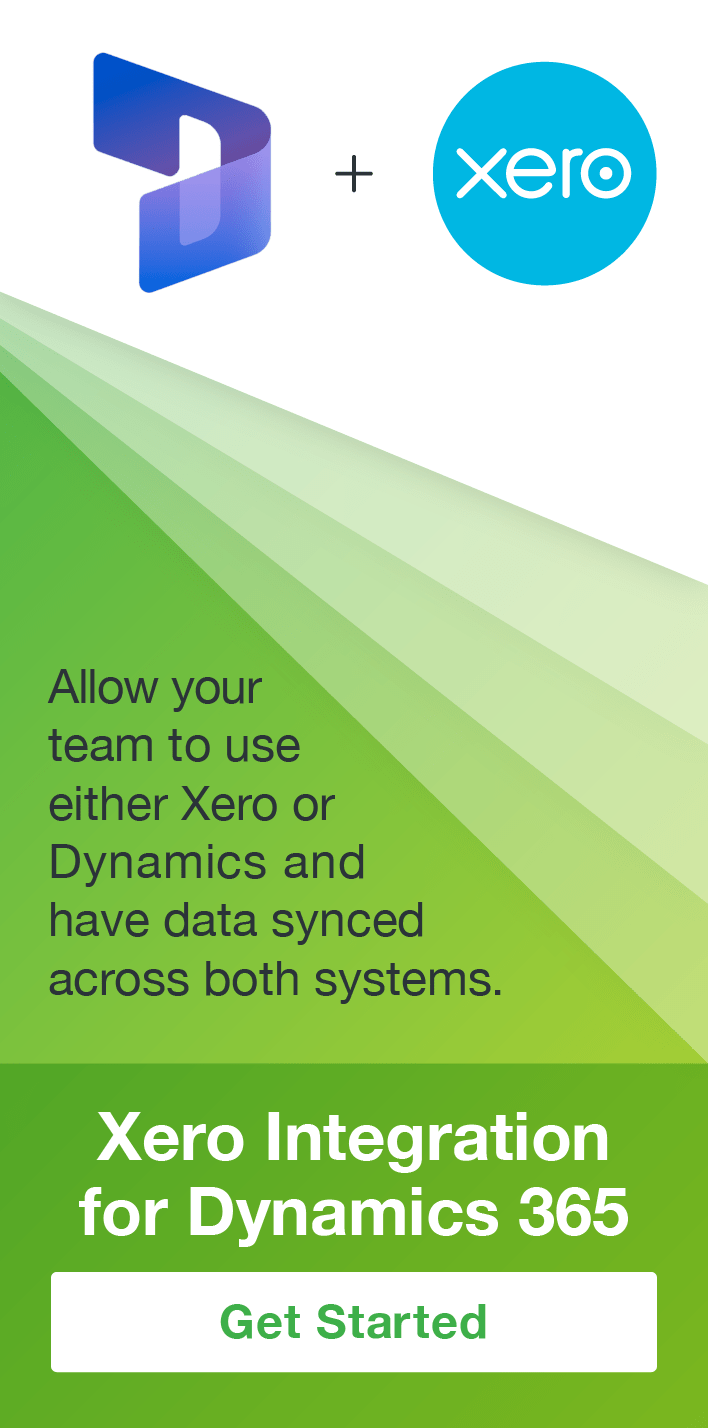Moving from Contact Management System to CRM
John Eccles, 11 December 2013
In the 1990’s, I was a Goldmine user. I thought it was pretty powerful because I could record details of all my Contacts and email from Goldmine and easily find my emails. I could even, after some effort to set it up, print letters and faxes mail-merged with my Goldmine Contacts!

|
| 
|
Times have changed. Now I use Dynamics CRM 2013 and now I’m not so impressed with what I used to do with Goldmine.
 I think Goldmine is a typical Contact Management System. It was certainly top of the field in the early days – it was awarded back-to-back-to-back-to-back PC Magazine's "Editor's Choice" (August 1993, August 1995, April 1996 and August 1997). Another popular system is Sage ACT! which I tried and then reverted to Goldmine.
I think Goldmine is a typical Contact Management System. It was certainly top of the field in the early days – it was awarded back-to-back-to-back-to-back PC Magazine's "Editor's Choice" (August 1993, August 1995, April 1996 and August 1997). Another popular system is Sage ACT! which I tried and then reverted to Goldmine.
 Microsoft Dynamics CRM 2013 is at the top of the field in terms of CRM. Comparing a 1990s Contact Management system with a state-of-the-art 2013 CRM system is like comparing a 1990’s car with the latest Jumbo-jet. But a comparison might help you decide whether you need a car or a jumbo-jet.
Microsoft Dynamics CRM 2013 is at the top of the field in terms of CRM. Comparing a 1990s Contact Management system with a state-of-the-art 2013 CRM system is like comparing a 1990’s car with the latest Jumbo-jet. But a comparison might help you decide whether you need a car or a jumbo-jet.
Key Differences
Here are some of the functionality available with Dynamics CRM that I never had with Goldmine.
1. Account Management:
In old Goldmine, it was all about Contacts. I could enter the company name and job title for each contact, but could not readily see all the Contacts in a company. (Chances are that some modern Contact Management systems allow this.) In Dynamics CRM 2013, I can manage Accounts (organisations) and easily see all the Contacts in an organisation. Even better, the emails and other activity records to a Contact “roll up” into the Account record. So I can see all the correspondence with a company from the Account record.
2. Lead Management:
There are Contacts and Contacts. Some you quickly determine are not going to be important for your business and you don’t really want to mix them up with clients and partners and suppliers. That is a great reason to have Leads. A Lead (or prospect) can be evaluated and then qualified into a Contact and/or Account or perhaps disqualified.
3. Sales Management:
This is a powerful module in Dynamics CRM which provides for management of a Sales opportunity through stages to an Order. It includes price lists, quotations and invoicing right from CRM.
4. Marketing Management:
For non-profit organisations, this can be communications management. All organisations need to communicate. You can easily create static or dynamic mailing lists via “Advanced Find” and generate emails or letters via campaigns. And the system tracks all the communications so you know who got what.
5. Customer Service Management:
With the Customer Service functionality that comes standard with Dynamics CRM I can record service cases and actions. I can schedule service jobs. I can input service agreements and alert when service levels fail to meet agreed service levels.
6. Automation:
The workflow engine built into Dynamics CRM 2013 means that without coding, you can program the system to do things (like send a reminder email or create a task) when something happens. For example when I qualify a Lead into an Opportunity that could automatically trigger a workflow to create a follow-up task and remind me by email if the task is not completed when it is scheduled.
7. Reporting:
Reporting from Goldmine was very limited – and not very useful, so I didn’t use it. Dynamics CRM, on the other hand, has many reporting options including out-of-the-box reports, a report wizard and the ability to search and filter records with advanced find and then export the results to excel as static workbooks, dynamic workbooks or pivot tables.
8. Dashboards:
There are standard dashboards out-of-the-box. And users can create their own charts and put them into a personal dashboard to show them what they need to see every time they open the system.
9. Integration:
Dynamics CRM can be connected to the outside world. In the past I had to enter contacts into Goldmine AND my Access database AND my accounts system. No more! The database can be swallowed up into CRM (CRM is a powerful database) and I have a CRM to Xero connector which automatically pushed invoices generated in CRM to our Xero accounting system. Not only that, but CRM is connected to our website so that when prospective clients leave their contact details, a new Lead is automatically created in CRM. All this makes me so much more efficient!
10. Extendable:
A Contact Management Solution like Goldmine is meant to be purchased and used. If it is a good enough fit with your business needs, then it may be a good choice. But the chances are that your needs will change and you will have to change the system. Dynamics CRM is designed to be changed. It can be configured significantly by users with minimal training. And it can be customised and extended to be an excellent fit for your business.

